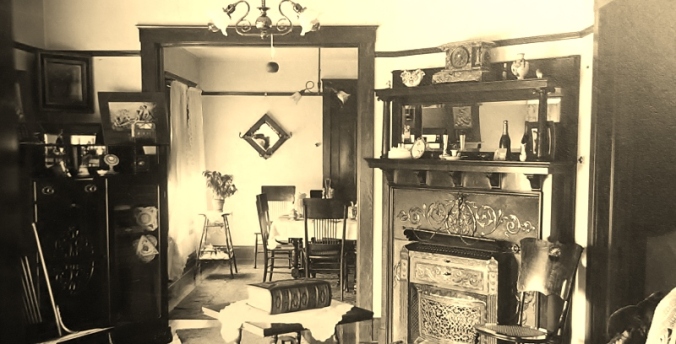
Vintage postcard: Dumping ore into a pocket at a shaft station, Cliff Copper Mine near Phoenix
For the past decade or so my writing group has, on average, taken months to get back to me. In a couple cases it has taken them more than a year. Good turnaround is about six to eight weeks.
When they do respond it has usually been brief and vague. These may sound familiar:
- “After careful consideration, we’re sorry to report…”
- “We enjoyed reading it, and though it doesn’t quite…”
- “We read your submission carefully and regret…”
Time
A benefit of continuing with this group has been time:
- Time for my own work to become distant enough that I can read it like a laser-eyed stranger
- Time for me to read other writers (both successful and less so)
- Time to further develop the craft of revision, storytelling, structure, line, and so much more
Encouragement
Another benefit has been encouragement, especially when editors include personalized notes, more detailed rejections, or invitations to submit to them again.
Nonetheless, I still had a strong reaction when I read the following quote in Jane Friedman’s book, The Business of Being a Writer:
“[G]etting rejected by a magazine repeatedly and then, finally, getting work accepted is, actually, fairly normal. It’s a little frustrating for an editor, [said an assistant editor at The Missouri Review], when a writer submits to us five times and then just stops and we never get the chance to read the writer’s work again. She noted that TMR has published several writers who sent manuscripts to us for over a decade before we published their work.”
Friedman went on to describe the social media response to the original blog post, “Stubbornly Submitting to a Literary Magazine is Good” by Michael Nye. “His post provoked a significant backlash from writers who felt tired of banging their heads against the wall—pursuing success within a system that never seemed to work that well in the first place,” Friedman wrote.
While rejections no longer sting as much as they used to, I connected to this conversation and not just because I have rejections from TMR dating back to 2002.
Paying for feedback
I’ve found a couple bright spots. One is the “in progress” designator in Submittable, which may indicate when my work has made it past the first readers.
A larger one is the feedback option offered by some publications, such as Tahoma Literary Review. Sometimes it’s a small fee for a few paragraphs of commentary. Other times it’s a lot more money for an in-depth critique. I’ve paid for an in-depth review on a project that was especially important to me through the University of Wisconsin-Madison, Continuing Studies. Faculty member Christine DeSmet offered concrete feedback beyond what I’ve received from family readers and writer friends, who might have been concerned about hurting my feelings.
Persistence
One thing my continued participation in this “writing group” shows is persistence. In the face of years of rejection, I continue.

